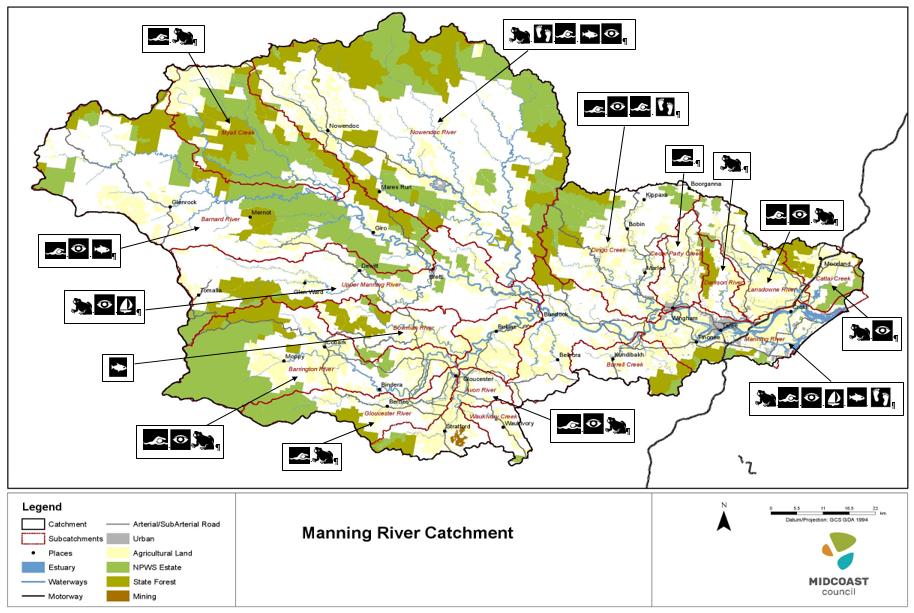Appendix 6: MCC land-use strategies aligned to the CM SEPP objectives This appendix sets out Council’s current and future land use planning controls for the CM SEPP Management Areas. Coastal wetland and littoral rainforest area Land identified by the State Environmental Planning Policy (Coastal Management) 2018 (CM SEPP) for the purposes of this Act, being land which displays the hydrological and floristic characteristics of coastal wetlands or littoral rainforests and land adjoining those features. The CM SEPP requires development consent for clearing native vegetation on land mapped as coastal wetlands or littoral rainforests, even if the clearing is not associated with any other development. The development controls for land mapped as coastal wetlands and littoral rainforests apply to all land use zones in LEPs. Clearing of native vegetation on land mapped as a coastal wetland or littoral rainforest is 'designated development' and triggers a requirement for an assessment under the Biodiversity Conservation Act 2016.
Strategic direction
Council will update the SEPP map layers, LEP zones and new areas as they are mapped in alignment with coastal management objectives e.g. migration pathways for climate adaptation. If land is purchased through the NSW Government’s coastal protection scheme for rehabilitation, restoration and ongoing protection, requirements for re-zoning will be identified through the ECMP reviews.
Objectives
Current land use plan
Future land use plan
(a) to protect coastal wetlands and littoral rainforests in their natural state, including their biological diversity and ecosystem integrity;
Under SEPP 14 and SEPP 26 Coastal wetlands and littoral rainforest were included in the Environmental Conservation (E2) Zone in the LEP. The MidCoast Local Strategic Planning Statement includes the following Planning Priorities: P6: Protect and improve our environment
Coastal wetlands and littoral rainforest mapped in the CM SEPP will be transitioned to E2 Environmental Conservation in two stages. Stage 1: Coastal wetlands identified in the expanded mapping of the CM SEPP will be recommended for E2 zoning in the forthcoming Rural Strategy. Stage 2: Proposed SEPP amendment through Manning River ECMP Action 7.01.
Manning River ECMP Exhibition Draft V2 June 2021
Page 174






















